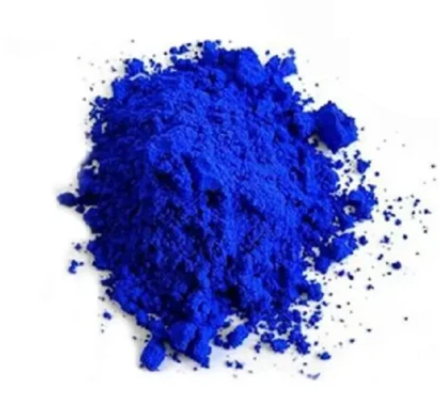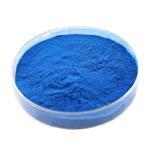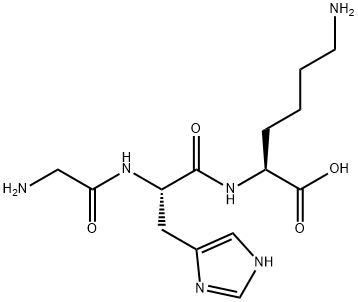Copper Peptide: Applications in Biosensors and its Side Effects
Oct 22,2024
Copper Peptide can help anti-aging and smooth the lines, and maintain skin repair and activation.

Applications in Fluorescent Biosensing
Copper peptide have emerged as effective tools in the field of biosensors, particularly for the detection of various analytes. By forming stable complexes with copper ions, these unique molecules exhibit dual functionality, which can be harnessed to create “on-off” biosensors.
Side Effects
1.Skin Irritation
Some users may experience mild skin irritation, including redness, itching, or a tingling sensation, especially when first incorporating copper peptides into their skincare routine. This is often due to the skin adjusting to the new active ingredient.
2. Allergic Reactions
Though rare, allergic reactions can occur. Symptoms might include severe itching, swelling, and redness. If you notice these symptoms, it is advisable to discontinue use immediately and consult a dermatologist.
3. Temporary Discoloration
In some cases, copper peptides can cause temporary blue or green discoloration of the skin. This is usually due to the copper ions in the peptide formulation and typically fades after a few hours.
4. Interactions with Other Skincare Ingredients
Copper peptides can interact with certain other active ingredients in your skincare routine, such as vitamin C and retinol. These interactions can reduce the effectiveness of the products or cause increased skin sensitivity. It is important to be mindful of product layering and ingredient combinations.
5. Overuse Effects
Using copper peptides too frequently or in high concentrations can lead to an overload of copper in the skin, potentially causing irritation and other adverse effects. It is recommended to follow the usage instructions provided by the product manufacturer and keep in mind concentration levels if you are new to copper peptides.
References:
[1] GANG LIU. Progress in the Development of Biosensors Based on Peptide–Copper Coordination Interaction[J]. Biosensors-Basel, 2022, 81 1. DOI:10.3390/bios12100809.
- Related articles
- Related Qustion
- Benefits of Copper Peptide Feb 16, 2022
Copper peptide (GHK-Cu), also known as liver cell growth factor, is the naturally occurring tripeptide glycyl-L-histidyl-L-lysine in a complex with copper (II), for which it has a strong affinity.
Supplementation with pyridoxal 5'-phosphate monohydrate can synthesize neurotransmitters such as dopamine and serotonin, maintaining a healthy nervous system.....
Nov 4,2025Biochemical Engineering4′-Methylacetophenone (4-MACP), a sweet, acetophenone, and bitter almond tasting compound is used as a flavoring agent. It reacts with morpholine to get 4-(p-tolyl-thioacetyl)-morpholine in the presence of sulfur as a reagent.....
Oct 21,2024APICopper Peptide
49557-75-7You may like
- Copper Peptide
-

- $1.00 / 1g
- 2025-11-25
- CAS:49557-75-7
- Min. Order: 1g
- Purity: 99%
- Supply Ability: 100kg
- Copper Peptide
-

- $1.00 / 1box
- 2025-11-25
- CAS:49557-75-7
- Min. Order: 1box
- Purity: 99
- Supply Ability: 1
- GHK
-

- $0.00/ kg
- 2025-11-25
- CAS:49557-75-7
- Min. Order: 1kg
- Purity: 98%
- Supply Ability: 1T+






